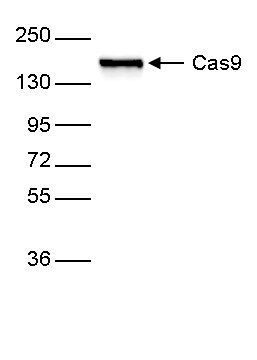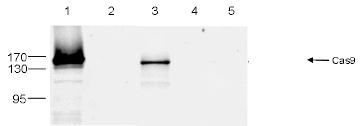When doing CRISPR experiments, it is essential to verify the expression levels of the Cas9 to ensure high-quality results. Diagenode's new CRISPR/Cas9 4G10 antibody is extremely specific, able to recognize different Cas9 fusion proteins (even those used for CRISPRi experiments) and compatible with many biochemical assays, such as immunofluorescence, western blot and immunoprecipitation. Among the different antibodies in the market, Diagenode's 4G10 CRISPR/Cas9 is our antibody of choice.
Researcher at EPFL, Lausanne, Switzerland
-
产品
剪切技术
Tagmentation
Chromatin studies
DNA methylation
- Bisulfite conversion
- Methylated DNA Immunoprecipitation
- Methylbinding domain protein
- Hydroxymethylated DNA Immunoprecipitation
Genome editing (CRISPR/Cas9)
Antibodies
- All antibodies
- Sample size antibodies
- ChIP-seq grade antibodies
- ChIP-grade antibodies
- Western Blot Antibodies
- DNA modifications
- RNA modifications
- CRISPR/Cas9 antibodies
- CUT&Tag Antibodies
NGS Library preparation
- Library preparation for ChIP-seq
- Library preparation for RNA sequencing
- Library preparation for DNA sequencing
Automation
Reagents
- 服务
- 研究领域
- 资源
- 公司
-
联系人




